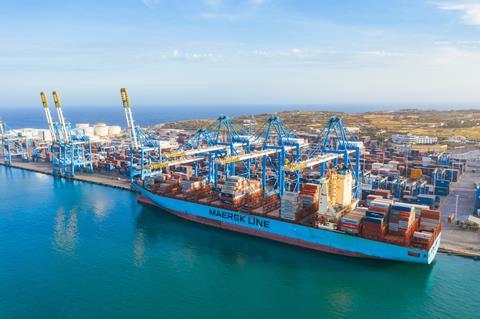Group’s Logistics Trend Map studies the top ten trends and game-changers for global supply chains

Maersk has released its new Logistics Trend Map, which it says helps companies focus on the most relevant trends and game-changers for future supply chain management.
The report is based on data analysis by partner Statista as well as expert interviews and insights from more than 500 industry logistics leaders.
To identify the trends, Maersk used AI-driven analytics to explore scientific studies, patents, earnings calls, and startup activities, the logistics group noted.
”With the objective of not only identifying the most important trends but also positioning them on the Trend Map, we assessed the data to determine the relevance and level of industry adoption of each trend,” it outlined.
From a list of 30 identified areas, the Logistics Trend Map offers deep-dives into the ten most relevant topics such as supply chain visibility, Internet of Things, supply chain diversification, financial resilience, circular economy, AI, cyber security and the latest innovations in ecommerce and last-mile delivery.
These ten top rated topics and their impact on supply chain management “varied significantly” across the geographical regions and eight industry verticals (retail, automotive, chemicals, pharma and healthcare, lifestyle and fashion, perishables, technology and FMCG), Maersk said.
Filtering the topics by region and industry vertical offered some ”surprising results”, it noted.
For instance, in retail the reverse logistics/return handling was by far the most pressing challenge for company logistics, said 53 per cent of the interviewed decision-makers (mainly due to its complexity) – even bigger than geopolitical disruptions which were mentioned only by a comparatively low 38 per cent in retail.
”In an increasingly complex and challenging world, staying ahead in logistics has never been more critical,” said Karsten Kildahl, chief commercial officer at Maersk.
”The question is no longer whether companies will face disruption in their supply chains, but how they can constantly and effectively navigate them.
”Identifying and analysing trends therefore enables businesses to stay competitive in a dynamic industry,” he added.



